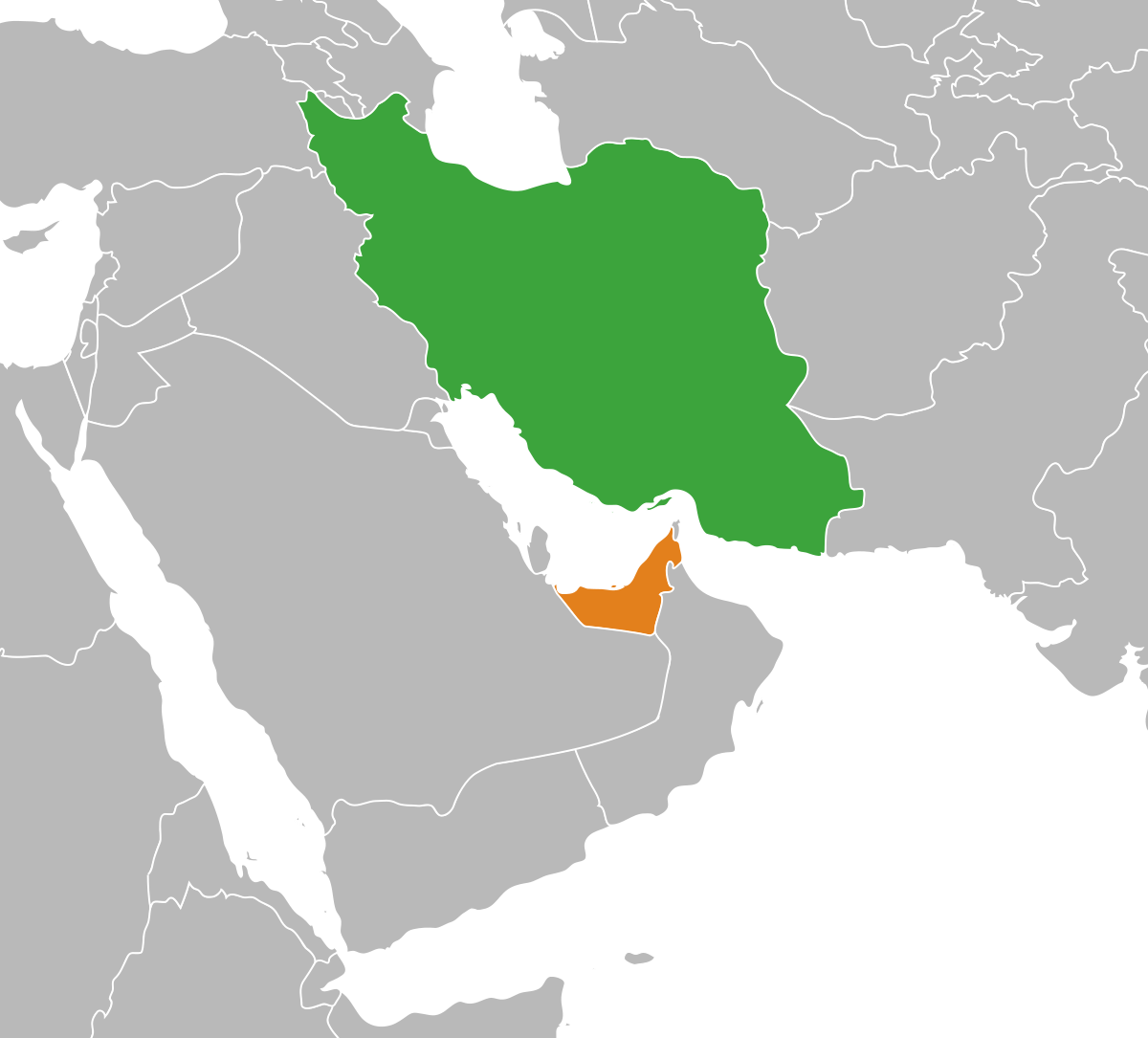UAE authorities have flown back several nationals and residents from Iran as part of a security-driven emergency operation amid intensifying regional uncertainty. The coordinated move, which involved direct communication between officials in Abu Dhabi and Tehran, was aimed at ensuring swift and safe repatriation in light of mounting geopolitical instability in the region.
The evacuation operation, which took place without prior public notice, was disclosed by the UAE government through an official communication that framed the development as part of the country’s strategic priority to protect its population at all times, both within and beyond its borders. Government officials described the mission as successful and said it underscored both the preparedness of UAE institutions and the cooperation extended by Iranian authorities.
This operation followed a period of escalating concern across Gulf capitals regarding the shifting security calculus in the region. Heightened tensions along multiple flashpoints, including Israel’s confrontation with Hezbollah, increased Israeli military activity in Syria, and broader US-Iran rivalries, have prompted many regional states to reassess the safety of their citizens in neighbouring countries.
Evacuations were undertaken with what authorities called “full coordination” from the Iranian side, with logistical support extending to airport access and departure clearances. Officials said the operation reflects a commitment by both nations to preserve civilian safety despite broader political differences. While Iran and the UAE maintain diplomatic ties, their strategic positions in the Gulf have occasionally placed them on opposite sides of regional disputes. The successful completion of this evacuation marks a rare point of cooperation amidst an increasingly polarised environment.
UAE officials did not specify the exact number of people evacuated, but confirmed that both Emirati nationals and residents were part of the group brought back to UAE territory. The evacuees were met with standard health and security protocols on arrival, in line with the country’s emergency response procedures. No medical emergencies were reported among those returned, and the process was completed without logistical complications.
Iranian authorities, while not releasing an official statement on the matter, were reported to have facilitated the operational groundwork needed for the departures, including transit permissions and support from local airport personnel. This was seen as part of a longstanding, if cautious, bilateral understanding that civilian welfare must be insulated from geopolitical frictions.
This development comes amid a broader trend of diplomatic recalibrations across the Gulf and wider Middle East. Several states, including Saudi Arabia and Qatar, have publicly and privately raised the stakes around citizen security in conflict-adjacent zones. The UAE, in particular, has enhanced its foreign evacuation protocols, building on its previous experiences in Afghanistan, Sudan, and Ukraine, where its response teams worked to airlift both UAE citizens and international residents.
The latest operation involved a combination of government aircraft and commercial chartered flights, with air corridors carefully planned to avoid disputed or high-risk airspaces. Although details of the exact flight paths have not been disclosed, air traffic tracking data indicated movement between Tehran and major UAE airports over a 24-hour window, matching the timing of the reported repatriations.
Geopolitical observers view the UAE’s evacuation effort as a signal of both risk awareness and logistical capacity. As tensions simmer along multiple borders, particularly those surrounding the Strait of Hormuz and the Levant, Gulf countries have been intensifying contingency planning. With Tehran’s political and security position under increasing international scrutiny, the possibility of further evacuations or advisories remains open.
This latest evacuation adds to a growing list of strategic exercises undertaken by the UAE to secure its global citizenry. The country has been steadily building its capacity to respond to foreign crises, supported by its Ministry of Foreign Affairs and International Cooperation, in close alignment with regional air traffic authorities and international embassies. The execution of these evacuations further demonstrates Abu Dhabi’s investment in scalable and swift civilian response mechanisms during volatile periods.
Diplomatic analysts suggest that the UAE-Iran coordination for this mission could act as a low-key confidence-building measure, even as major disagreements over regional policy persist. The UAE has continued to balance economic pragmatism with strategic caution in its dealings with Tehran, keeping open commercial and diplomatic links while aligning more broadly with Western defence strategies.

